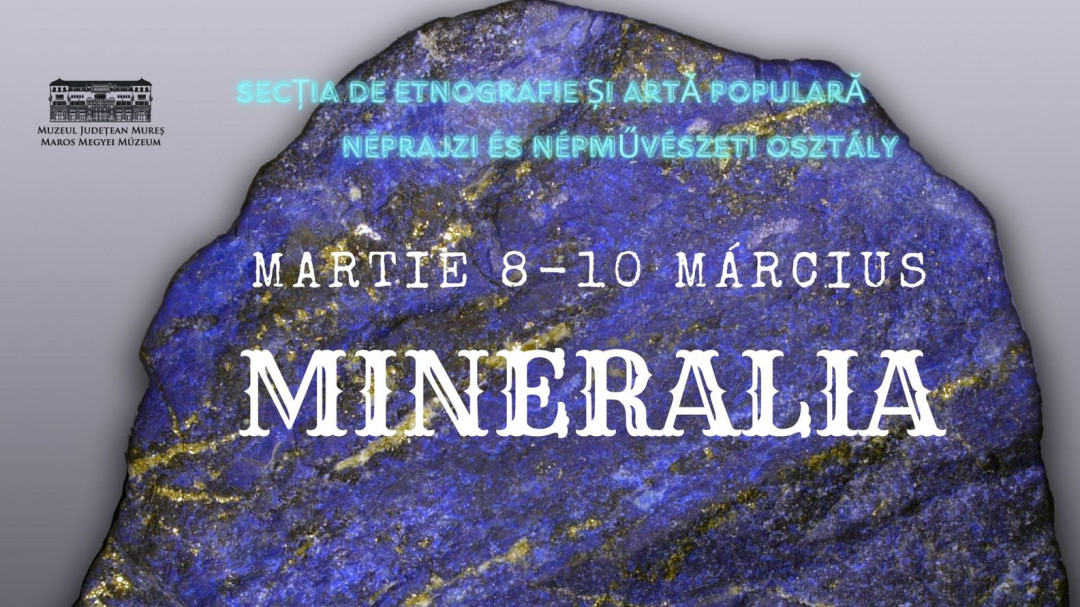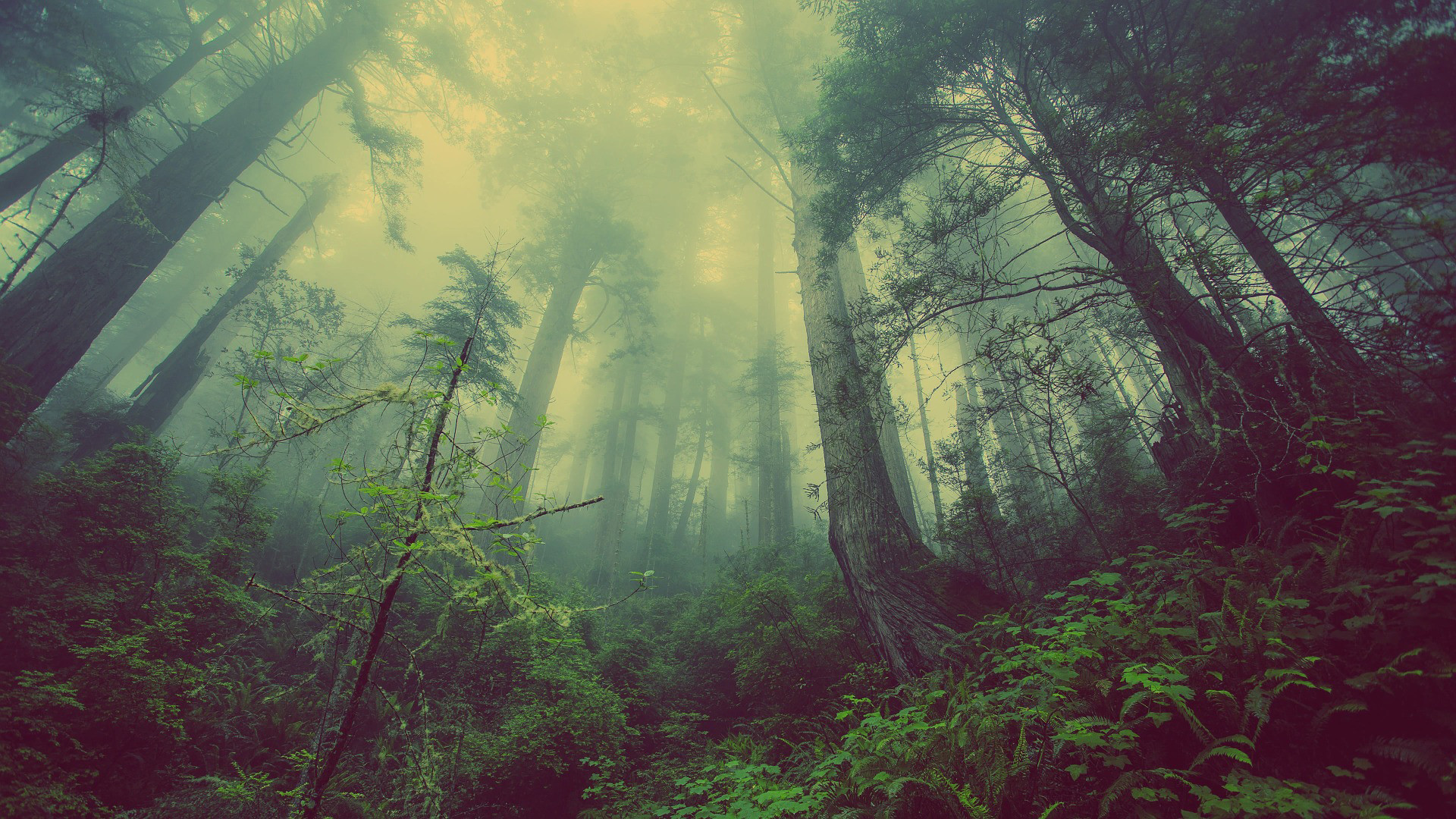Mineralia - 2024 spring edition

Mar-08
Between 8-10 March 2024, from 10.00 to 18.00, the Mures County Museum organizes at the Ethnography and Folk Art Section in Târgu-Mureș the first edition of this year's exhibition with sale MINERALIA.
The star stone of the spring edition of the MINERALIA exhibition is "Lapis lazuli".
Known for more than 7,000 years, Lapis lazuli is one of the most fascinating semi-precious stones. The history of Babylonian, Persian, Egyptian and Roman civilisations is intertwined with this stone. Symbol of heaven for some, of power or of the goddess Venus, "the stone of the pharaohs", numerous artefacts made from this semi-precious stone - figurines, amulets, seals or jewellery, have been discovered in archaeological research over the ages.
Later, Lapis mixed with wax and oil was the basis of the most expensive pigment of the Middle Ages - ultramarine. The blue colour has adorned many paintings and frescoes in the Western world, as well as in Islamic cities and those along the Silk Road.
Since ancient times, Lapis lazuli has been mined in the Badakhstan region of northern Afghanistan. A deposit located at 3/4,000m altitude, which is still the main supplier of this stone today.
Lapis lazuli is a stone composed of a mixture of 3 minerals: lazurite, pyrite and calcite. The name comes from the Latin lapis (stone) and lazulum (blue). As the name suggests, the stone is a deep blue colour with veins of golden pyrite and white calcite.
For three days, the people of Mures will be able to admire the brilliance of crystals, precious and semi-precious stones in the inner courtyard of the Museum's premises at 11 Trandafirilor Square.
Admission is free.
The coordinators of the MINERALIA exhibition are, as always, Andrei Gorduza, geological engineer and Angela Săplăcan, geological museographer.
The star stone of the spring edition of the MINERALIA exhibition is "Lapis lazuli".
Known for more than 7,000 years, Lapis lazuli is one of the most fascinating semi-precious stones. The history of Babylonian, Persian, Egyptian and Roman civilisations is intertwined with this stone. Symbol of heaven for some, of power or of the goddess Venus, "the stone of the pharaohs", numerous artefacts made from this semi-precious stone - figurines, amulets, seals or jewellery, have been discovered in archaeological research over the ages.
Later, Lapis mixed with wax and oil was the basis of the most expensive pigment of the Middle Ages - ultramarine. The blue colour has adorned many paintings and frescoes in the Western world, as well as in Islamic cities and those along the Silk Road.
Since ancient times, Lapis lazuli has been mined in the Badakhstan region of northern Afghanistan. A deposit located at 3/4,000m altitude, which is still the main supplier of this stone today.
Lapis lazuli is a stone composed of a mixture of 3 minerals: lazurite, pyrite and calcite. The name comes from the Latin lapis (stone) and lazulum (blue). As the name suggests, the stone is a deep blue colour with veins of golden pyrite and white calcite.
For three days, the people of Mures will be able to admire the brilliance of crystals, precious and semi-precious stones in the inner courtyard of the Museum's premises at 11 Trandafirilor Square.
Admission is free.
The coordinators of the MINERALIA exhibition are, as always, Andrei Gorduza, geological engineer and Angela Săplăcan, geological museographer.
